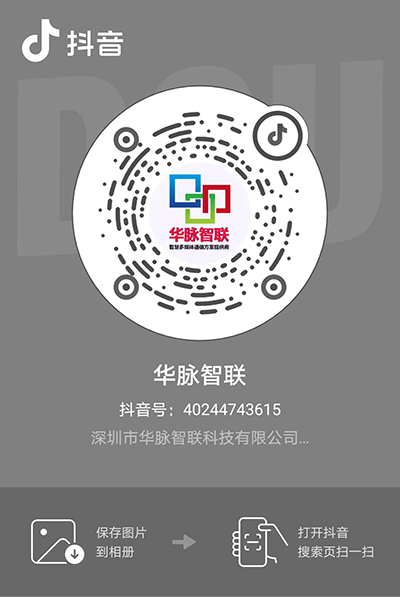Smart Fire Protection New Infrastructure: Integrated Communication System Restructures Emergency Response System of Enterprise Fire Stations
Time:2025-04-18
Views:38
Smart Fire Protection New Infrastructure: Integrated Communication System Reconstructs Enterprise Fire Emergency System
Background Analysis
With accelerating urbanization and expanding industrial scales, enterprise fire safety challenges have become increasingly prominent. Traditional fire management models struggle with information delays, fragmented command chains, and inefficient resource allocation when addressing dynamic fire risks. Leveraging next-gen communication technologies to enhance corporate fire emergency capabilities has emerged as a critical task. As a core component of smart fire protection infrastructure, integrated communication systems unify diverse communication methods and data resources to upgrade emergency response capabilities at enterprise fire stations, reconstructing modern fire emergency frameworks.
Key Challenges in Enterprise Fire Safety
Information Silos
Isolated subsystems (fire alarms, video surveillance, equipment management, etc.) lack interoperability, delaying critical data sharing during emergencies.
Limited Communication Redundancy
Over-reliance on radios/phones fails in complex environments (high-rises, underground spaces, EMI zones), disrupting command coordination.
Suboptimal Resource Allocation
Manual dispatching of personnel, equipment, and vehicles causes delays in optimal path planning and resource deployment.
Inadequate Real-Time Monitoring
Conventional sensor-based systems and manual inspections hinder early fire detection, missing critical intervention windows.
Integrated Communication System Solutions
By integrating 5G, IoT, and GIS technologies, these systems establish unified command platforms to resolve enterprise fire safety challenges:
1. Data Interoperability
Integrates fire alarms, video feeds, environmental sensors, and equipment status into a unified dashboard.
Example: Smoke detectors trigger automated video verification and real-time alerts to command centers.
2. Multi-Modal Communication
Combines wired/wireless networks, satellite comms, and Mesh self-organizing networks for failproof connectivity.
Example: Mesh networks enable direct device-to-device communication in signal-blind zones.
3. AI-Driven Resource Optimization
GIS-powered algorithms calculate optimal rescue routes and resource allocation.
Example: Real-time traffic and building layouts guide firefighters to nearest hydrants/exit paths.
4. Predictive Analytics & Early Warning
AI analyzes temperature, smoke, and video data to reduce false alarms and enable preemptive actions.
Case Study: Chemical Plant Implementation
After deploying an integrated system, a chemical enterprise achieved:
50% faster response times via automated alarm-to-command workflows.
30% higher rescue efficiency through AI-optimized dispatching.
100% communication coverage using 5G+Mesh networks in EMI-heavy areas.
Future Directions
As 5G and IoT mature, integrated systems will drive a paradigm shift from reactive firefighting to proactive prevention. Innovations include:
Digital twin platforms for virtual emergency drills.
Blockchain-based equipment traceability.
UAV swarm coordination for hazardous zone operations.
Conclusion
Integrated communication systems resolve critical pain points—data fragmentation, communication breakdowns, and resource inefficiencies—by enabling real-time decision-making and automated workflows. As part of smart fire protection infrastructure, these systems empower enterprises to achieve digital transformation in fire safety management, ensuring safer industrial ecosystems aligned with Industry 4.0 standards.


 scan
scan
 15818654305
15818654305
 Room 436, Building 51, Qiongyu Road, Yuehai Street, Nanshan District, Shenzhen City, Guangdong Province
Room 436, Building 51, Qiongyu Road, Yuehai Street, Nanshan District, Shenzhen City, Guangdong Province


